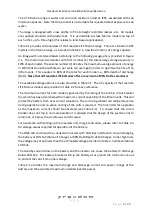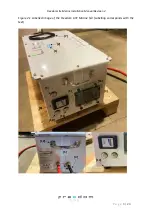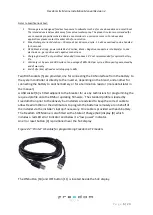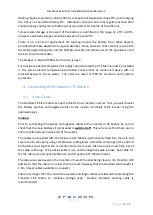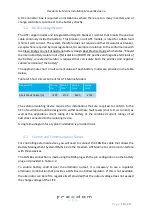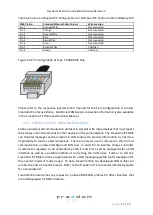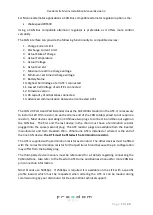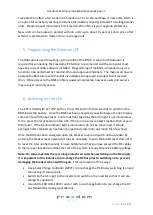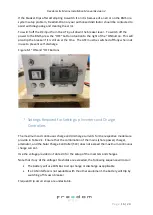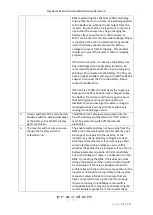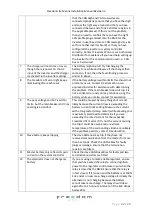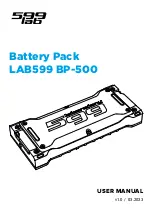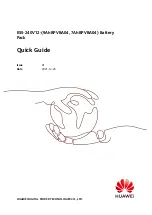
Freedom Lite Marine Installation Manual Revision 3
P a g e
15 | 24
Freedom Won offers a fair trade in on Freedom LiTE’s on the purchase of new units, which is
an option for somebody wishing to increase their battery capacity instead of installing parallel
units. Please request more detail from Freedom Won if this is your upgrade preference.
New units can be placed in parallel with old units up to about 4 years or 1200 cycles, after
which it is preferable to trade in for a new larger unit.
5.
Programming the Freedom LiTE
The USB cable is used for setting up the profile of the BMS. A serial to USB adaptor is
required for connecting the Freedom LiTE Marine to a computer and the computer must
have the correct utility software installed. Programming of the BMS is intended only as a
function to be performed by Freedom Won and approved installers. The manual on how to
operate the BMS along with the utility is available to approved installers from Freedom
Won. Write access to the BMS profile is password protected, however users and owners
may request read only access.
6.
Switching on the LiTE
The
LiTE is fitted with an “ON” button. Press this button for five seconds to switch on the
BMS inside the battery. Once the BMS has been energised you will observe the SoC display
come to life with the SoC level. Confirm at this stage that the error light is not illuminated.
If it is, press the reset button on the LiTE, if the error returns contact Freedom Won or your
Distributor. If the Reduced Power light is illuminated, do not be concerned, it should
extinguish after the battery has been charged and placed into operation for a few hours.
Once the BMS has been energised open the breaker cover and switch on the breaker by
pushing the breaker lever upwards (it may be necessary to push the braker lever down first
to reset the internal mechanism). Ensure beforehand that you have secured the DC cables
to their proper locations and that the rest of the system is ready to receive battery voltage.
Note: On some inverters there is a large inrush current when switching on the DC supply.
It is important in this instance to pre-charge the DC bus prior to switching on to prevent
damaging the breaker when switching on.
This is achieved in three ways:
•
Use a Solar Charge Controller (MPPT) to pre-charge the DC Bus by switching it on and
connecting its solar panels
•
Switch on the AC input to the inverter and switch on the inverter so that it can pre-
charge its capacitors.
•
Use a 60 to 100 Ohm 100W resistor with a pre-charge button to pre-charge the DC
bus followed by closing a parallel link.


